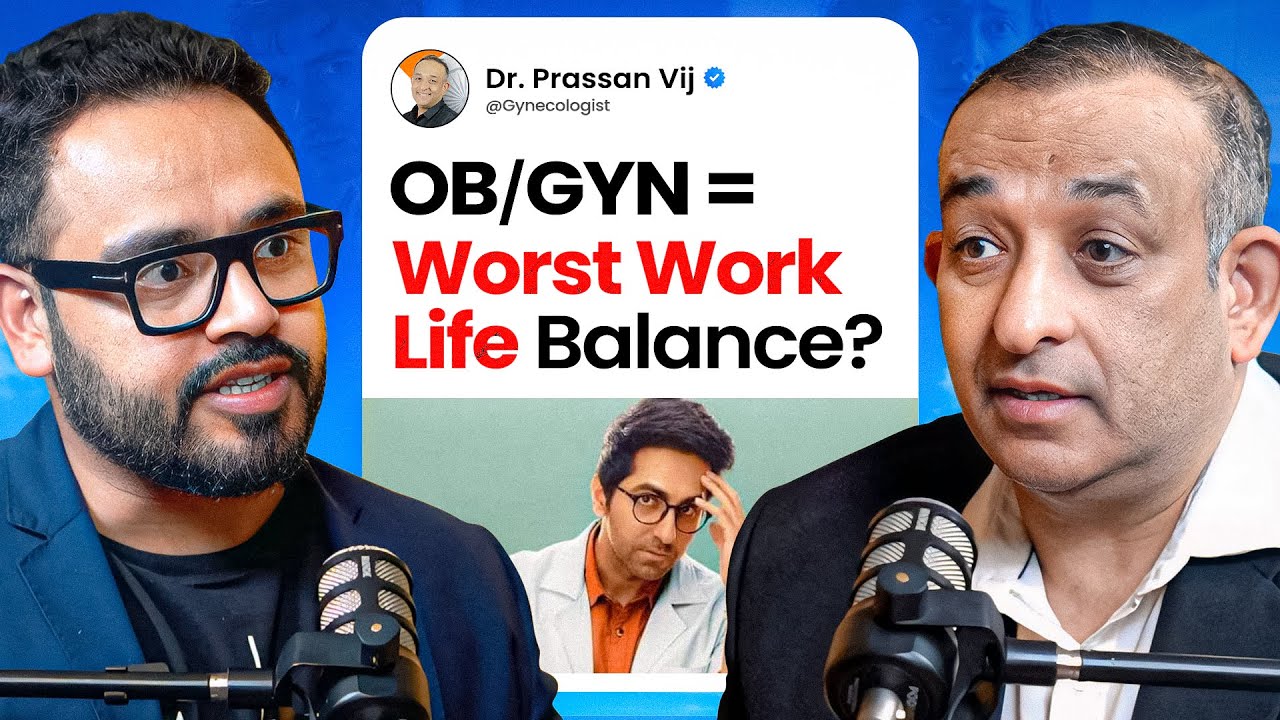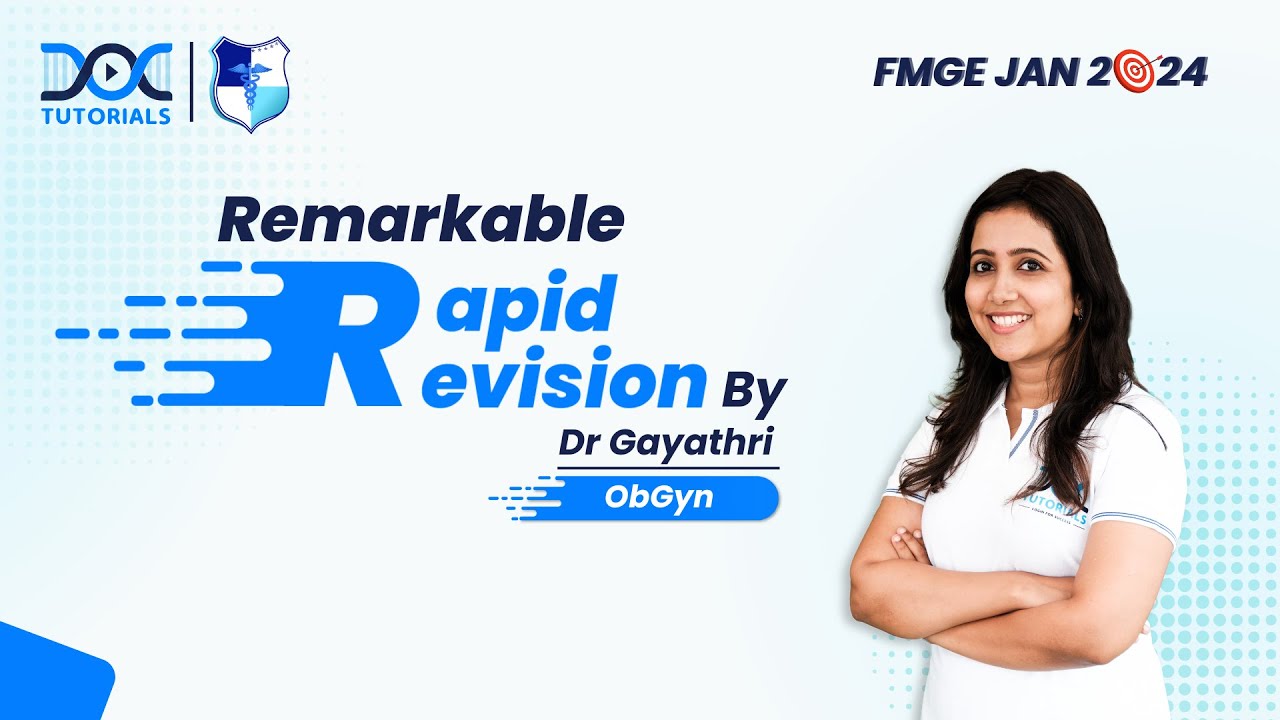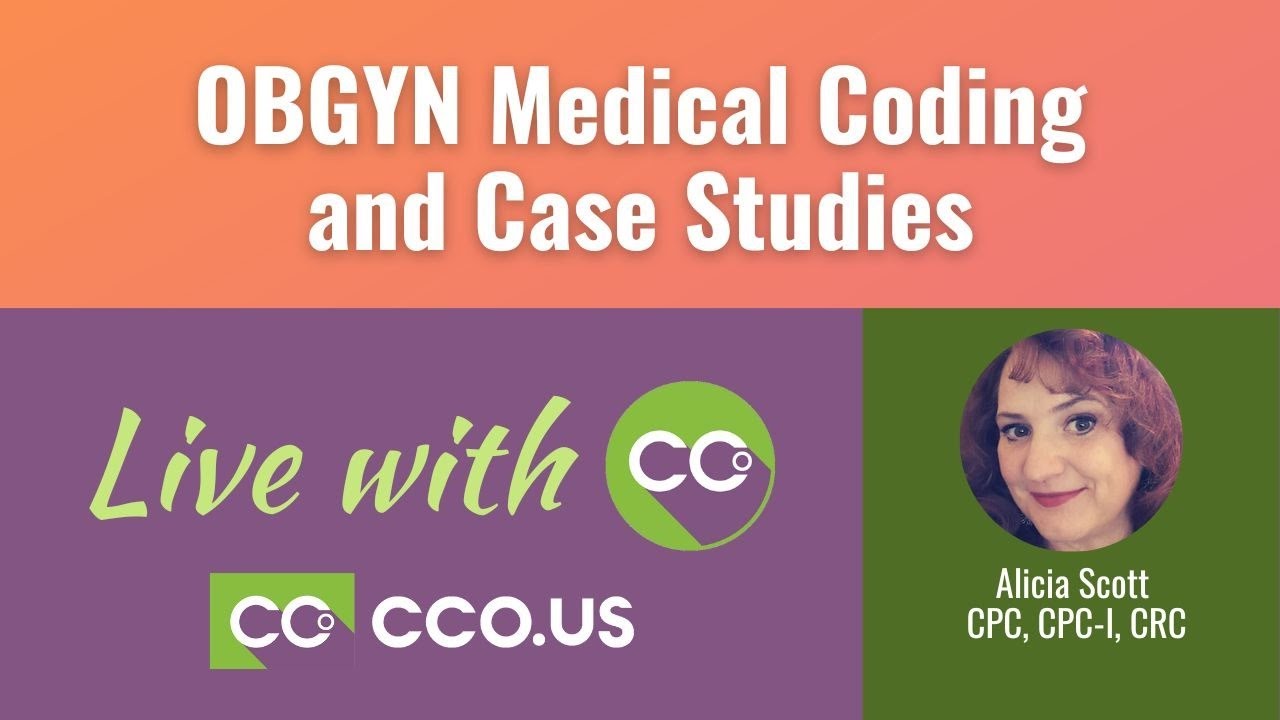The Ob/Gyn Channel
NEW YORK (Reuters Health) – Symptomatic lymphoceles that develop after retroperitoneal lymph node dissection in gynecologic cancer patients can be dealt with safely and effectively by laparoscopic lymphocele fenestration (LLF), a German team reports.
“The satisfactory results derived from previous studies in post-transplant patients that established LLF as a first-line treatment option appear to be transferable to the oncological background of the cohort in this study,” conclude Dr. Ingo B Runnebaum and colleagues at Jena University Hospital.
The authors explain in their report in BJOG published online January 15 that lymphoceles are a common occurrence after pelvic and para-aortic lymph node dissection in gynecologic cancer patients. In symptomatic cases, percutaneous needle aspiration of the lymphocele is regarded as first-line treatment, but recurrence rates are high.
Laparoscopic lymphocele fenestration has been “thoroughly evaluated” in post-transplant cases of lymphocele formation, they point out. To assess that approach in the setting of gynecologic cancer, the team analyzed outcomes in 102 patients who developed 132 symptomatic lymphoceles after retroperitoneal lymph node dissection at their institution and underwent first-line LLF.
Widespread adhesions were a challenge in performing the laparoscopic procedure and identifying the target lymphocele, the investigators note. “Upon identification, the lymphocele was opened using bipolar forceps and a window was created by sharp resection of larger parts of the lymphocele wall,” they explain. “Lymph was aspirated and internal loculations were removed bluntly. Margins of the remaining lymphocele were coagulated.”
Mean operative time was 115.6 minutes, and conversion to laparotomy was necessary in 7.8% of cases. Regarding complications, the intraoperative rate was 9.8% and the postop rate 5.9%.
During a mean follow-up of 60.4 months, seven symptomatic lymphoceles recurred, for a rate of 6.9%. The authors note that this is substantially lower than typically seen with percutaneous lymphocele drainage and similar to that seen in post-transplant patients (8.2%) who underwent LLF.
“Our results suggest that LLF is a safe and feasible treatment option for symptomatic lymphocele arising from a retroperitoneal LND (lymph node dissection),” Dr. Runnebaum and colleagues conclude.
However, in a related commentary, Dr. Raj Naik writes; “Although their results show a low risk of lymphocyst recurrence (6.9%) compared with the more accepted approach of ultrasound-guided aspiration, the cumulative intraoperative and postoperative complication rate was substantially higher, at 15.7%.”
Dr. Naik, with Queen Elizabeth Hospital in Gateshead, UK, adds: “Although this complication rate is less than would be expected following laparotomy, 7.8% required conversion to an open approach because of gross adhesions and surgical complexity. The impact of these statistics in the overall management of women requiring treatment for gynaecological malignancy cannot be under-estimated, in particular when the symptomatic lymphocyst rate was estimated to be 16.16%.”
SOURCE: Laparoscopic lymphocele fenestration in gynaecological cancer patients after retroperitoneal lymph node dissection as a first-line treatment option






